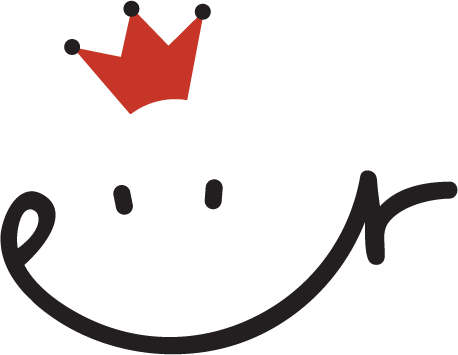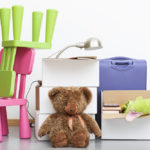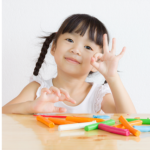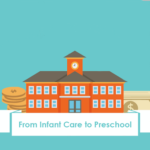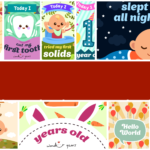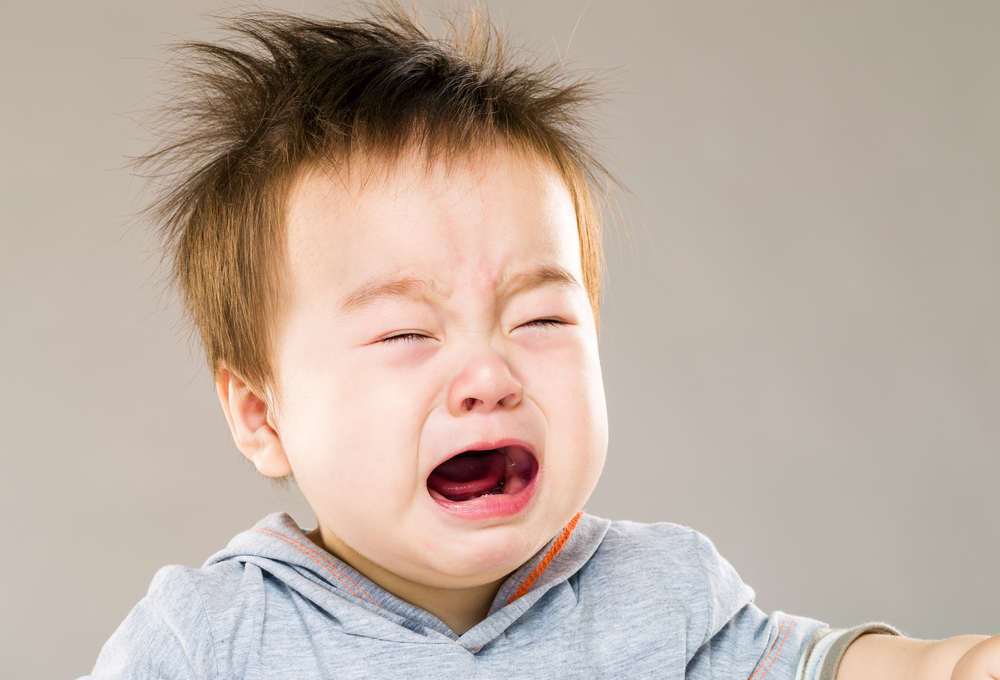
If you have a toddler, you would have inevitably read or heard from your family, friends or parenting websites about the “Terrible Twos”.
Toddlers and terrible twos – what is this, and is there a way to handle this stage without losing your mind?
Toddlers and the Terrible Twos
“Terrible twos” is a label coined by frustrated parents to describe the changes happening in their toddlers. Toddlerhood is generally recognised as the life stage between 12 to 36 months old. Toddlers undergo major physical, social and emotional changes. At this stage, they are learning to rely less on their parents and explore their environment on their own terms.
Lacklustre communication skills, a lack of patience coupled with an inability to properly express their emotions, toddlers easily feel frustrated and this results in displays of anger and aggression. This can come in the form of mild tantrums, crying or full-blown hysterical meltdowns that leave you standing helplessly in the aisle.
You’ll notice mood swings, where your child can go from happy to angry in one minute flat, and increasing opposition where everything you suggest is met with a loud “No!”.
As challenging as it may be, toddlers and terrible twos are but a normal stage of development and learning how to deal with these situations appropriately will benefit both you and your child.
Terrible Twos Tips: How to deal with Toddlers and Terrible Twos
The following Terrible Two Tips can help you to better prepare and manage the change in moods and behaviour in your toddler.
Create and stick to a routine
At this stage, toddlers require predictability and one way of keeping them secure is by enforcing a scheduled routine. Routines help to develop their prefrontal cortex, which is the part of the brain that enforces planning and executive functions.
Regular meals and sleep schedules reduces the chances of undesirable behaviour as tantrums are likelier to occur when your child is overly tired or hungry.
Positive reinforcement
You may have seen this appearing in terrible two tips. Children thrive on praise and acknowledging positive behaviour makes them more likely to repeat them. Conversely, rather than spanking, hitting or losing your calm, try to change your child’s focus to something funny or interesting.
Keep rules simple and stay firm
At this stage, toddlers have yet to understand lengthy lectures. Instead, give brief instructions and keep things short.
For example, for non-negotiable aspects regarding safety, you could tell your child, “Please hold my hand when crossing the road or you may get hurt”.
Let your child make decisions
Instead of saying, “Wear your shoes now!”, try “Would you like to wear your pink shoes or white sandals today?”. This provides your child with some control and leaves the decision making to them, while resulting in your desired outcome.
Be consistent
Giving in to temper tantrums teaches your child that yelling and acting out will get them a new toy or snack. So do be consistent – you can remove your child from the situation to a quiet corner and wait for them to calm down.
Keep calm
Children are especially sensitive to changes in emotions and by keeping yourself calm, your child will feel less panicky. Take a short breather if you find yourself losing your cool.
Toddlers and Terrible Twos do not always have to be this way. Instead of giving this stage a negative connotation, recognise that toddlers are struggling to cope with this and by working this out with them gradually, you’ll not only build a stronger bond with your child but also change the “Terrible Twos” into “Terrific Twos”.

